Carport lighting
Functional and attractive from the driveway to the shelter Lights for the carport must be one thing above all else: functional. But the lighting of the car shelter should also be visually appealing at best. If you realize the function of the carport, it quickly becomes clear that it goes beyond just parking the vehicle. Under the protective roof, shopping is unloaded, under the bonnet or - if the car is not there - handicraft work is carried out protected from the rain. With well-planned carport lighting, configurable solutions can be found for this - optimally tailored to individual use.
Our top recommendations for the carport
The basics of carport lighting: targeted use of light
If you are looking for practical carport lighting ideas, you should first be clear about what function the individual lights fulfill. Here are some important aspects for more orientation and safety in and around the carport.
Placement of several light sources
Although a ceiling lamp in the carport is generally sufficient for orientation, it is advantageous to have several light sources distributed over the ceiling, side walls and rear wall so that no disturbing shadows are cast. The use of spotlights and adjustable wall spotlights can also help to direct the light precisely.
Glare-free lighting
Drivers must not be dazzled on the way to the carport. Lights with diffusers should also be used in the carport to pleasantly diffuse the light without looking directly into the bulb.
Carport lighting with motion detector and twilight sensor
So that the light switches on as soon as the car drives along the driveway, lights with motion detectors are advisable. Twilight sensors ensure that the light only comes on when there is insufficient daylight.
What is the correct illuminance (lux)?
The illuminance is measured in lux and describes the light that actually reaches a surface. There are no specifications in this regard for the private sector. The workplace guideline for lighting, which specifies 150 lux for traffic areas with vehicle traffic, could serve as a guide.
How many lumens are appropriate for the carport?
Due to the lack of all-round closed walls, artificial light is strongly diffused in the carport. General lighting with around 1,000 to 2,000 lumens is bright enough for one vehicle in a regular carport just for orientation. It should be brighter for craft work. An additional wall lamp or a mobile work light are perfect for this.
Rely on the advantages of modern LED bulbs for the carport
The advantages compared to other bulbs:
- Energy saving: protecting the environment
- Cost savings
- Maintenance-free technology
- Long service life
- 100 percent brightness when switched on
- Option of compact designs with permanently installed LEDs
Carport lighting for indoor use
Functional and stylish lighting For sufficiently safe and accident-free orientation, a ceiling light is often sufficient as carport lighting. A much more pleasant light pattern without disturbing shadows is created when additional carport lamps are added to the sides. For example, ceiling spots or LED ceiling panels can be combined with wall lights or LED strips or stripes. This makes it possible to use the carport for bicycle repairs, handicraft work or even summer parties in inclement weather, for example.
Outdoor lighting around the carport
Wall lamps, spotlights & spotlights The carport should also be equipped with light sources for orientation from the outside. For the look, it makes sense to choose the style of the house's exterior lighting. In terms of function, lamps should be selected that only switch on when they are needed thanks to twilight sensors and motion detectors. From outdoor wall lights with classic uplights and downlights to spotlights and spotlights, everything is possible.
Note on IP protection for the carport: As carports are open on at least one side, they belong to the outdoor area - this requires a correspondingly high IP protection rating of at least IP44 or even higher - check with your electrician if you are unsure about the IP code.
Path and approach lighting
For driveway and entrance area To be able to find your way safely by car or on foot on the way to the carport, outdoor path lighting is also very important. Path and pedestal lights are ideal for both driveways and footpaths. Recessed floor spotlights that can be driven over are also suitable. If the access routes are surrounded by walls, for example, outdoor wall lights are also an option.
FAQ: Frequently asked questions about the carport
Robust and energy-efficient LED outdoor lights are recommended for the carport. These not only ensure good visibility, but also stand up to rain and dust. The IP protection should be at least IP code IP44. You can plan for lighting solutions:
- Ceiling lights, LED tube bulbs or LED panels for large-area illumination
- Wall lights for targeted lighting at the sides and to reduce shadows
- Sensor lights with motion detector for more convenience and safety
- Solar lights as an energy-saving solution without wiring
Instead of relying on a central light with high brightness, it is advisable to distribute several lights on the ceiling and walls to avoid shadows caused by a single direction of light and to illuminate the area evenly.
The brightness - measured in lumens - depends on the size and use of the carport. The following can be used as a guideline:
- For small carports (1 car) approx. 1,000 to 2,000 lumens is appropriate.
- For large carports (2 cars, workbench), 2,000 to 4,000 lumens should be planned.
Yes, outdoor lighting is generally permitted, but is subject to certain rules - depending on the federal state or municipality. You should be aware of this:
- Avoid permanently bright light or light that shines onto neighboring properties.
- Use motion detectors, timers or dimmable lighting to reduce light emissions.
- In ecologically sensitive areas, special requirements often apply (e.g. night-time shutdown times).
- Tip: Look for directional light sources with glare protection - this will increase safety and protect the environment and neighbors at the same time.
The following rule of thumb provides a practical guide:
- 100 to 300 lumens per square meter of outdoor area is a good guideline for brightness. There are no reflective surfaces outdoors as there are indoors, which is why a brighter light source can be important.
Additionally applies:
- Warm white light (< 3,300 Kelvin) creates a cozy atmosphere on the terrace or balcony.
- Cool white light (3,300 to 5,300 Kelvin) is ideal for functional areas such as carports, garages or driveways.
- Daylight white light (> 5,300 Kelvin) is suitable for utility areas or emergency lighting.
- For outdoor areas, the light must have a corresponding IP code.
Yes, a brightness of 4,000 lumens is completely sufficient for most applications. However, if you use the garage not only for parking but also as a workshop or hobby room, you may need to plan for more light. However, uniform light distribution and the right additional light sources in the relevant area of activity are even more important than the pure number of lumens. It is better to use several, pleasantly bright light sources than a single, very bright lamp, which can be slightly irritating, especially at night.
Even though there are many different types of carport, they all have at least one open side in common. Models that only stand on four posts and have no wall are also widespread. Due to the open construction, the lights mounted in the carport are exposed to the weather and moisture. This applies all the more to the lights mounted on the outside of the shelter. It is therefore important to ensure an appropriate IP code when selecting lights. Depending on the installation location, IP code IP44 upwards should be selected.More about IP codes
When it comes to supplying the lights around the carport with mains power, you need a specialist. If solar is not used, underground cables must be recessed; for deck lights, effective drainage and a suitable gravel bed for drainage must be ensured. At best, all of this should be considered and implemented directly when planning the entrance area and the carport. How exactly everything is installed and what needs to be taken into account should definitely be left to the electrician. Solar lights, for example path lights with ground spikes, are a quick alternative to self-replacement.
As far as the energy supply is concerned, solar lights can also be used for carport lighting in addition to standard wired lights. However, this should only be planned for if the solar panels of the lights can be strategically aligned with the sun. High-quality lights should also be used here to provide reliable light. Modern LED technology makes it possible. Combination lights that have access to electricity when solar is not sufficient are also an option.To the solar outdoor lights
Related topics
)
)
)
)
)
)
)
)
)
)
)
)
)
)
)
)

















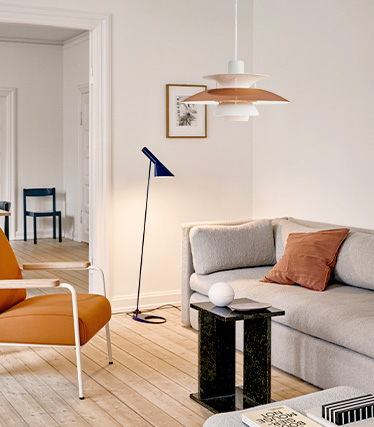

























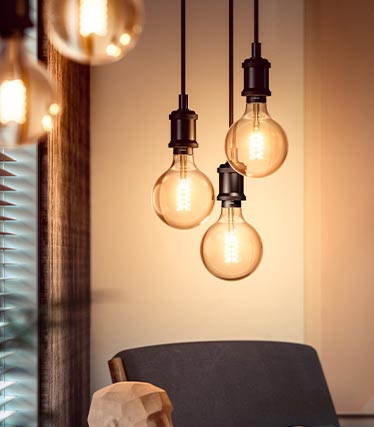
















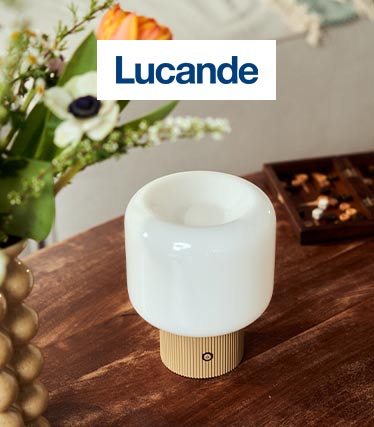



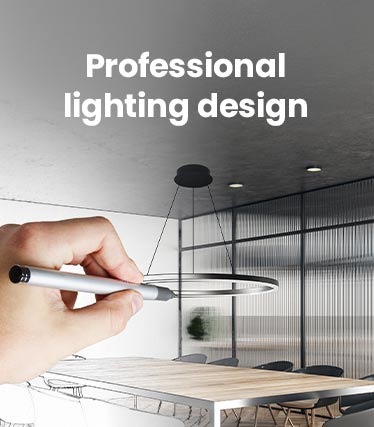





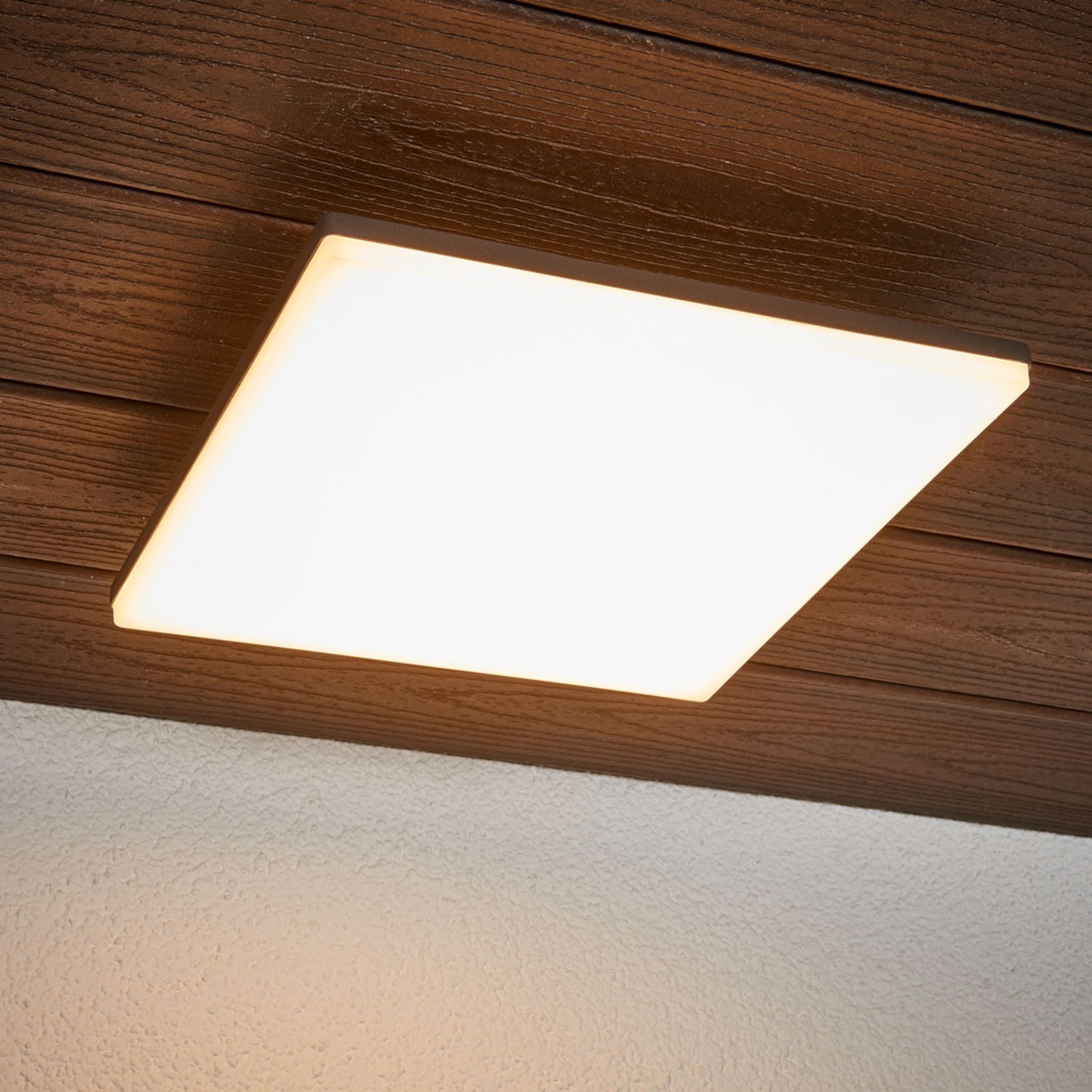
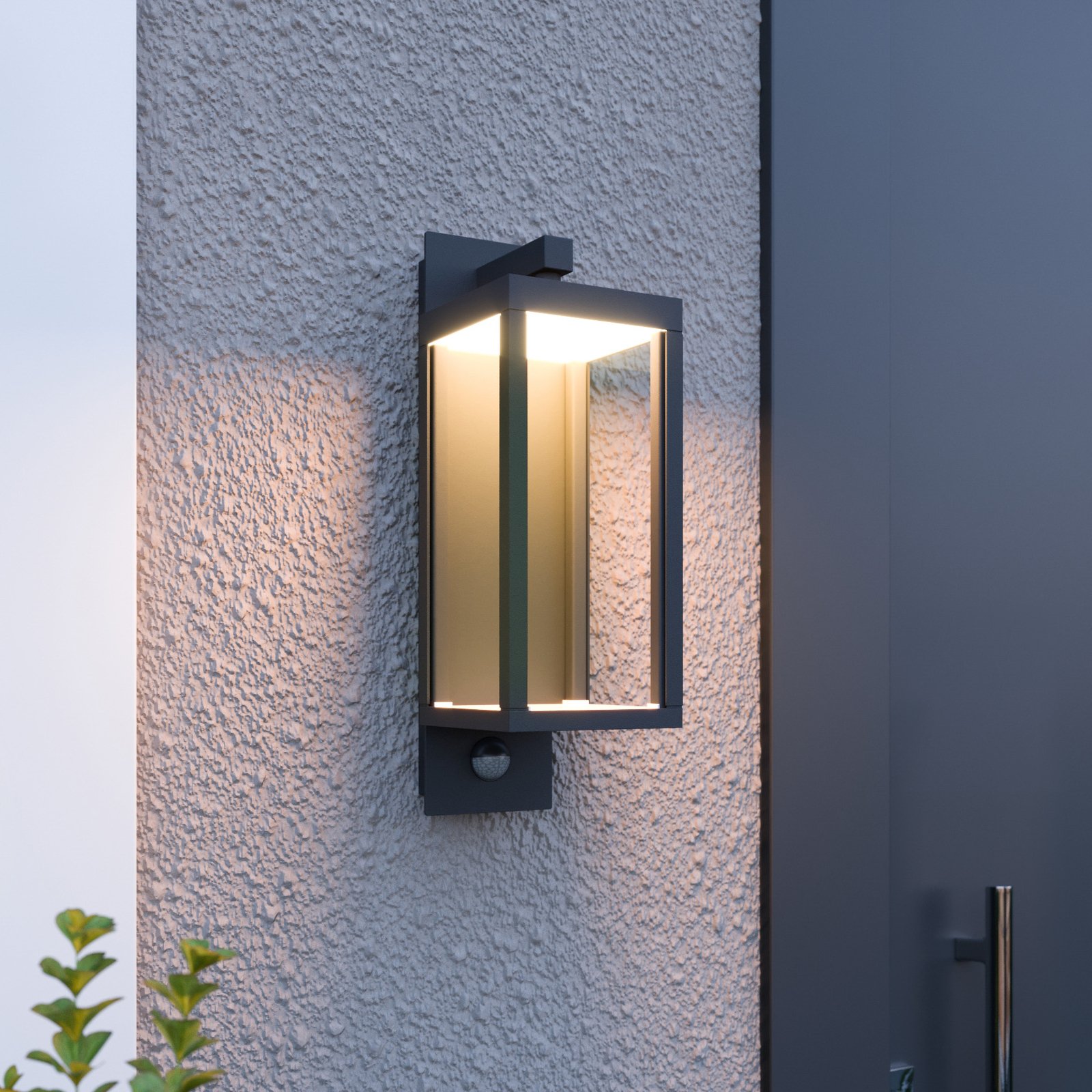
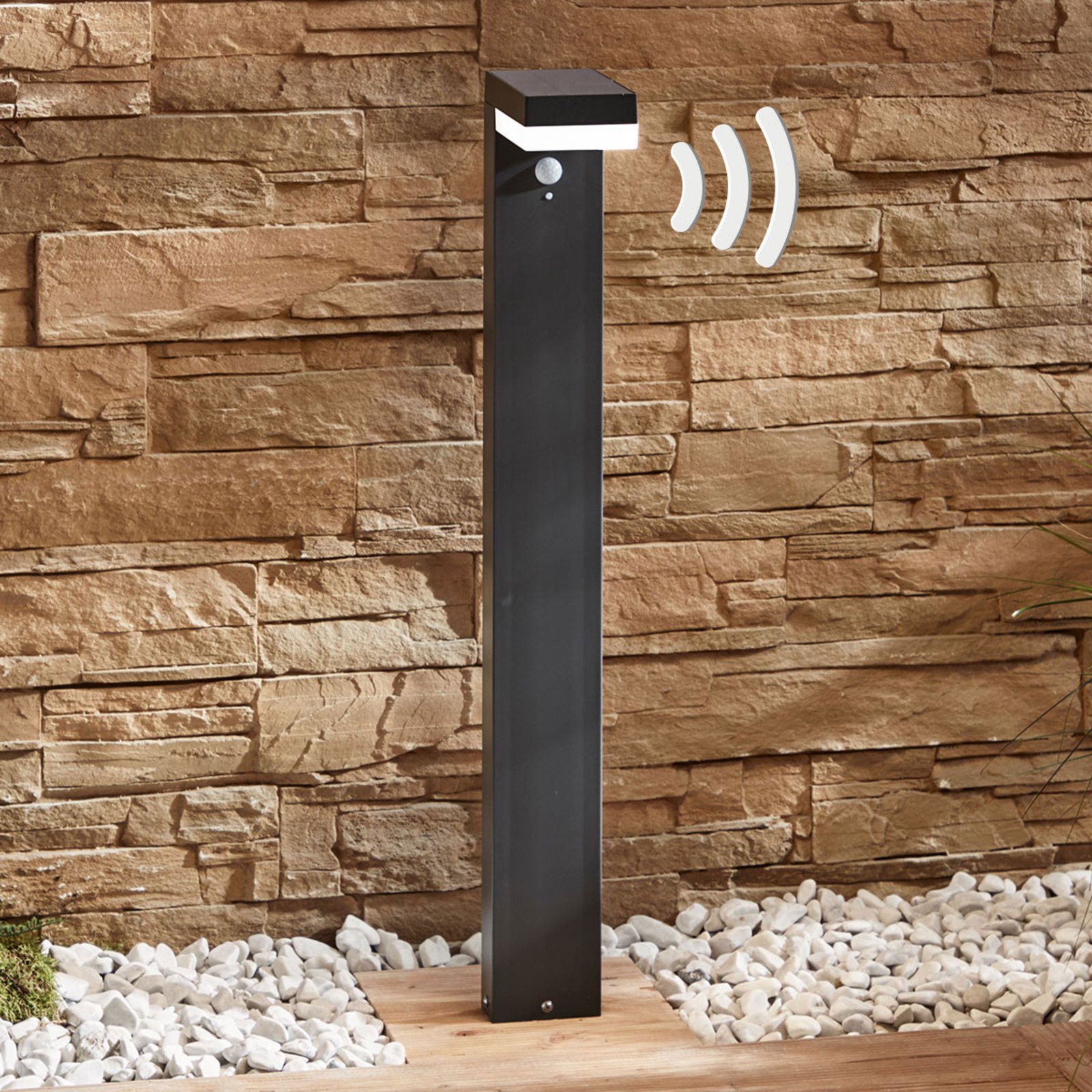

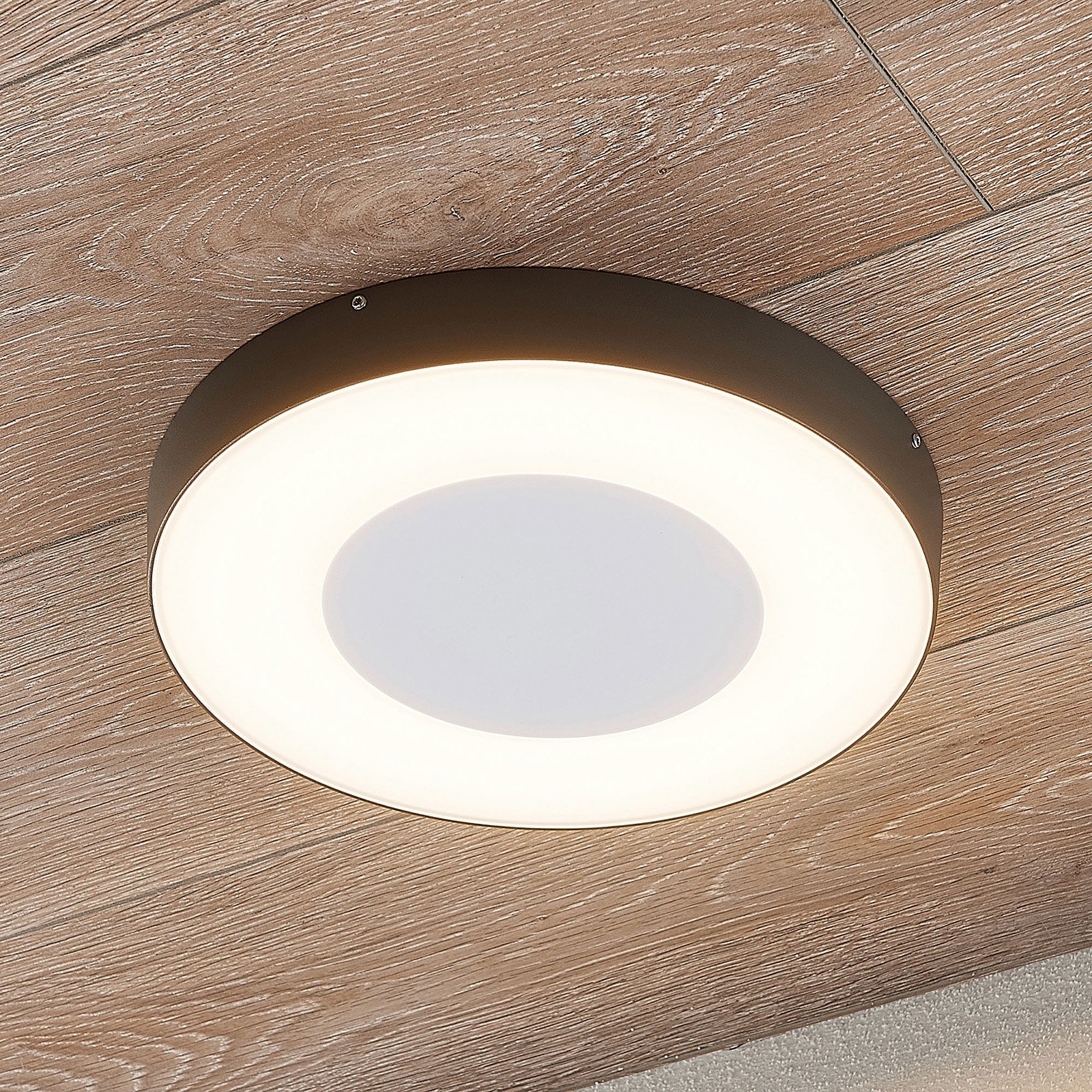
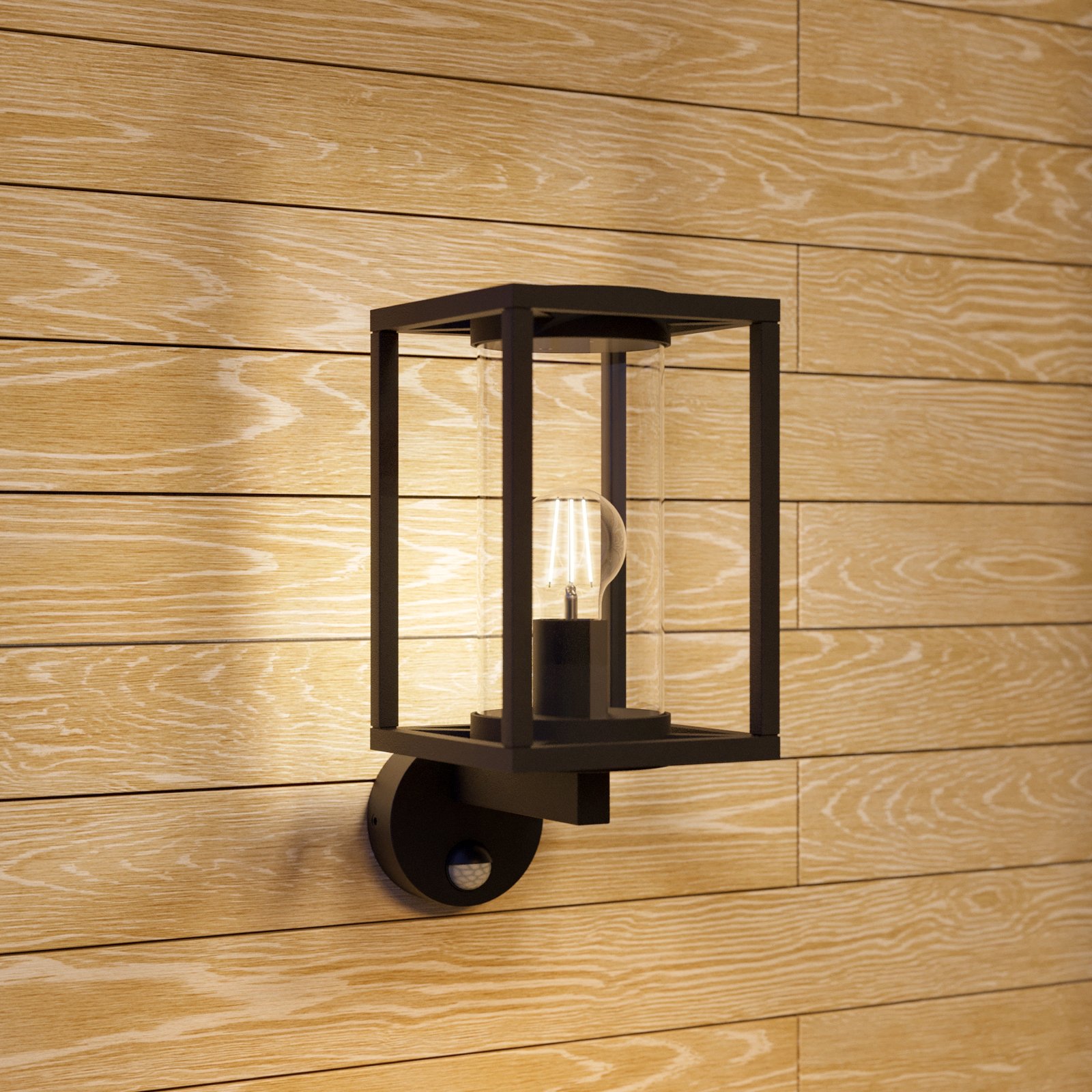
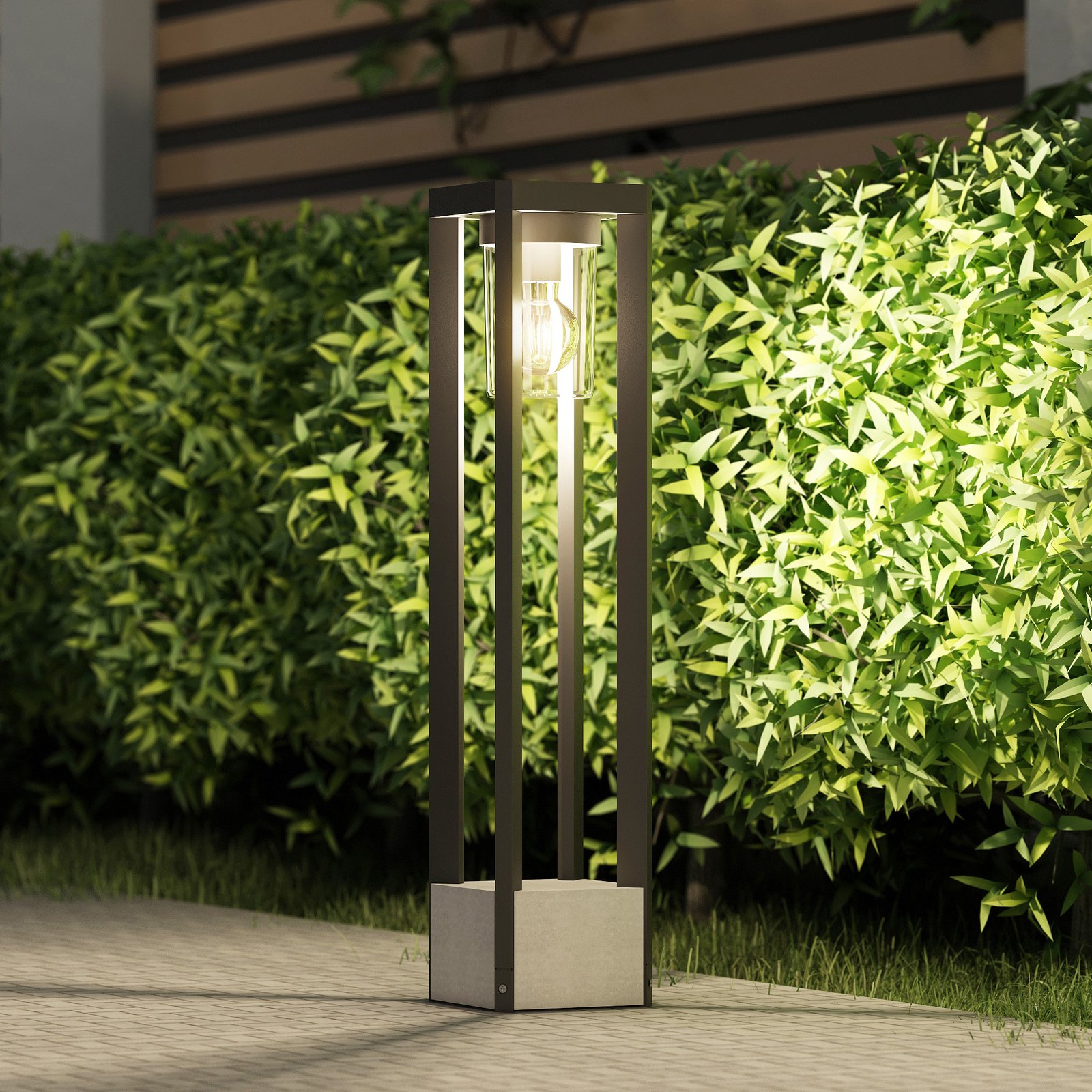
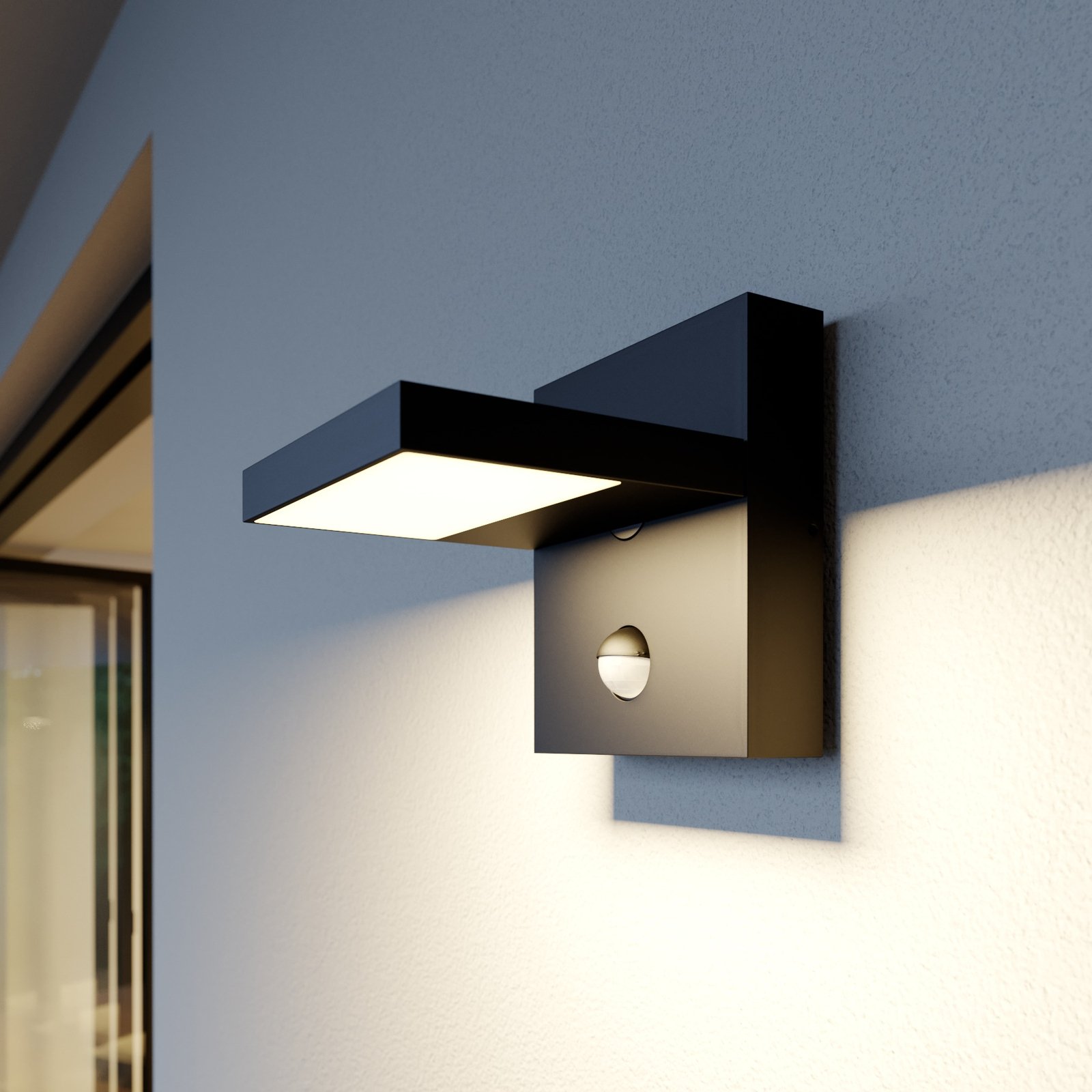
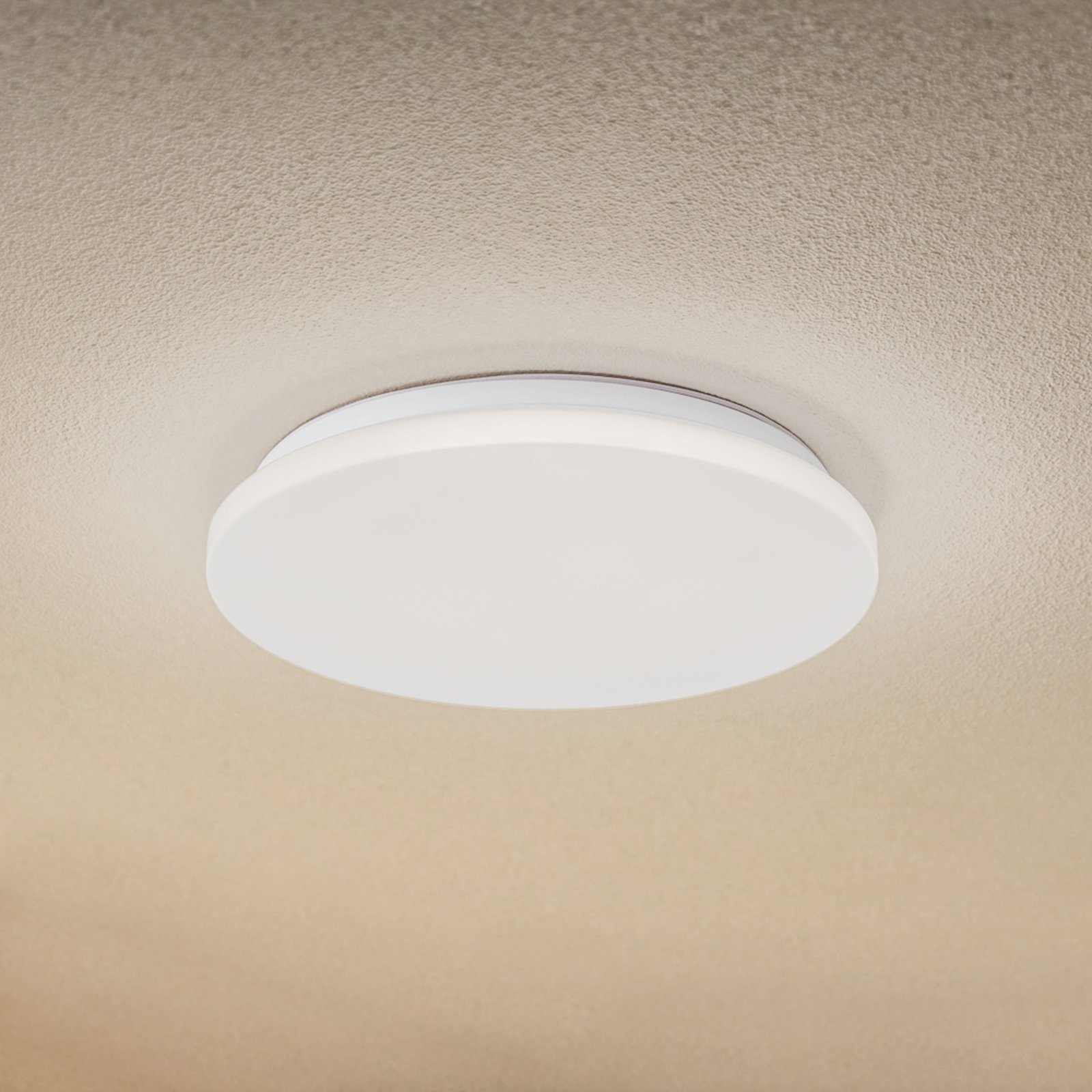
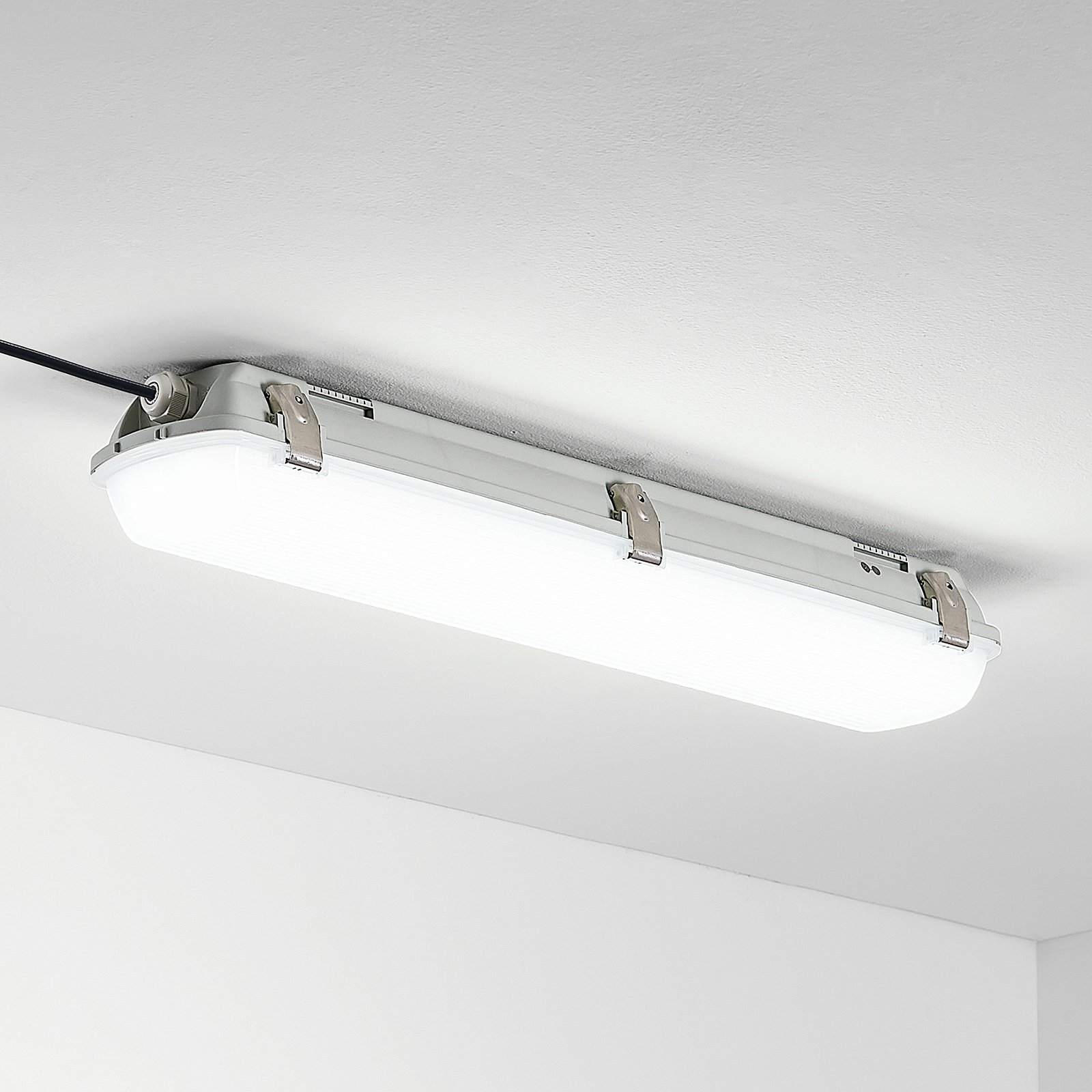
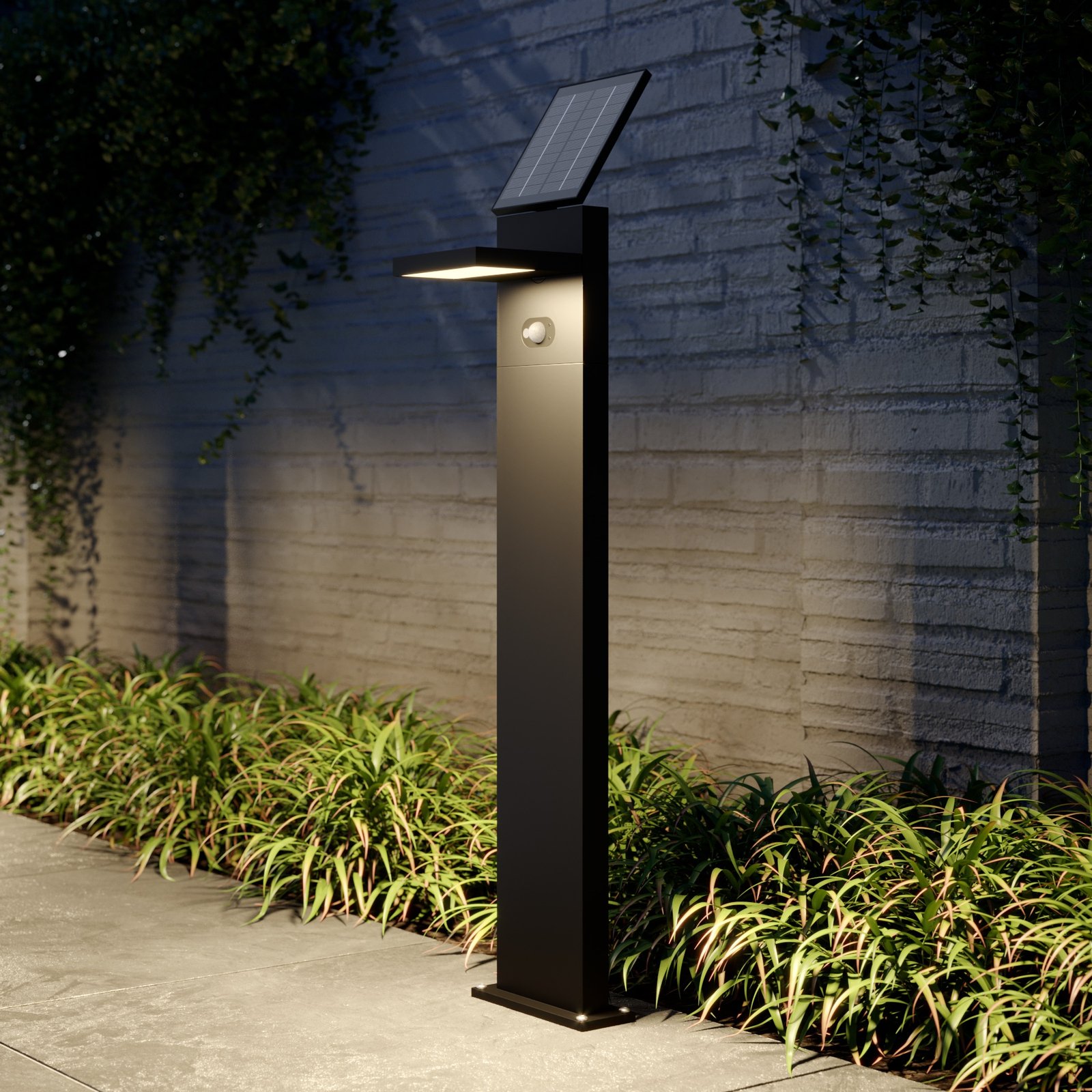
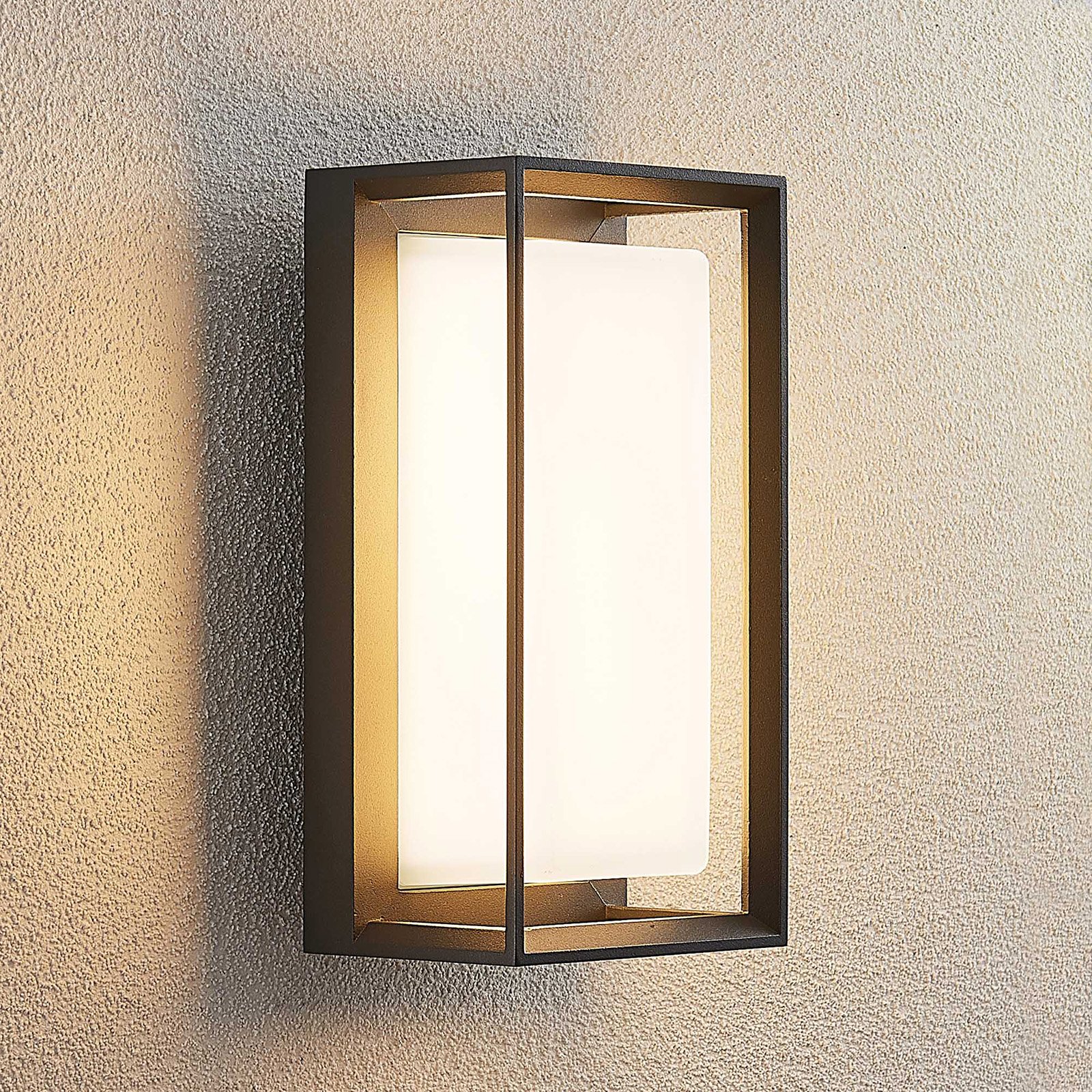
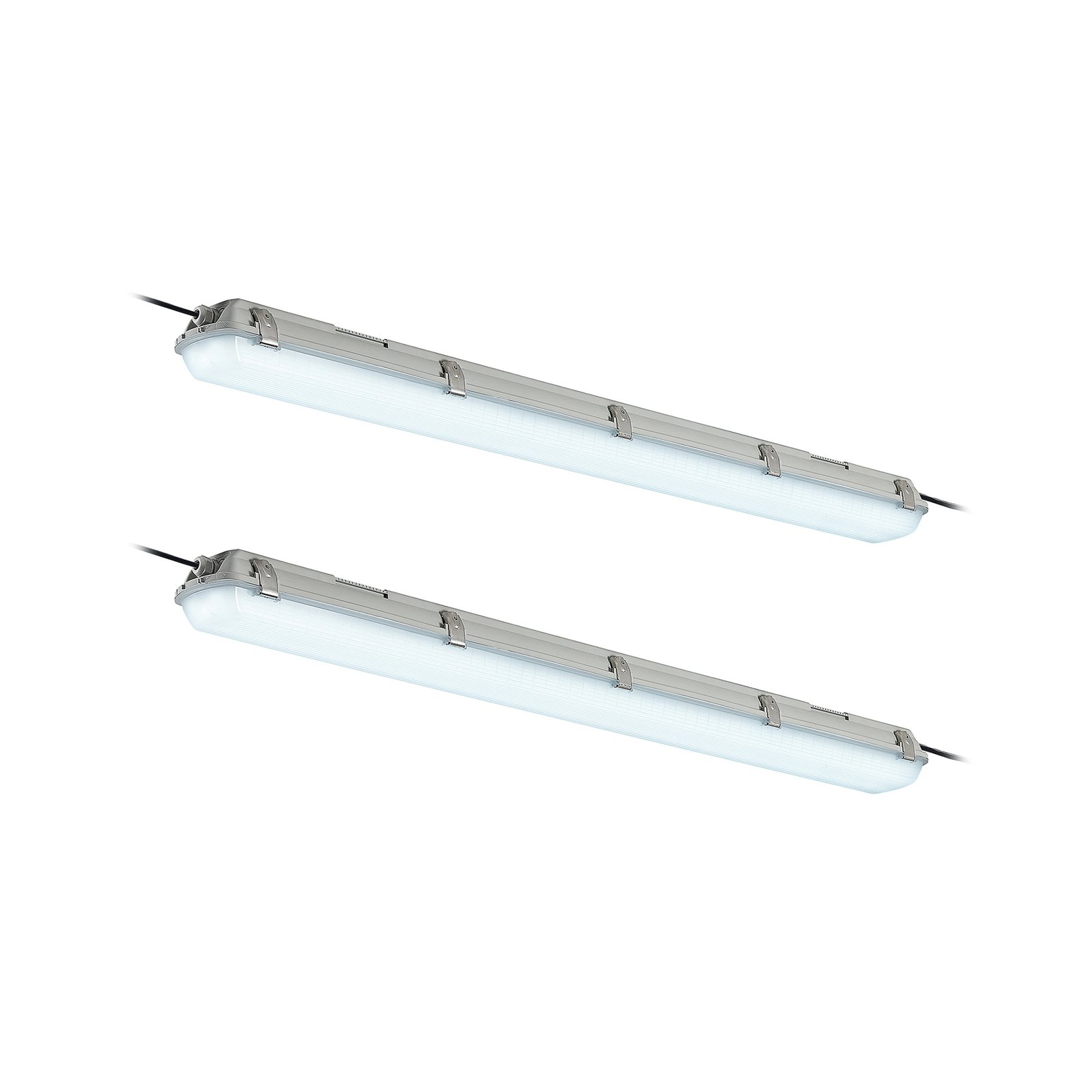
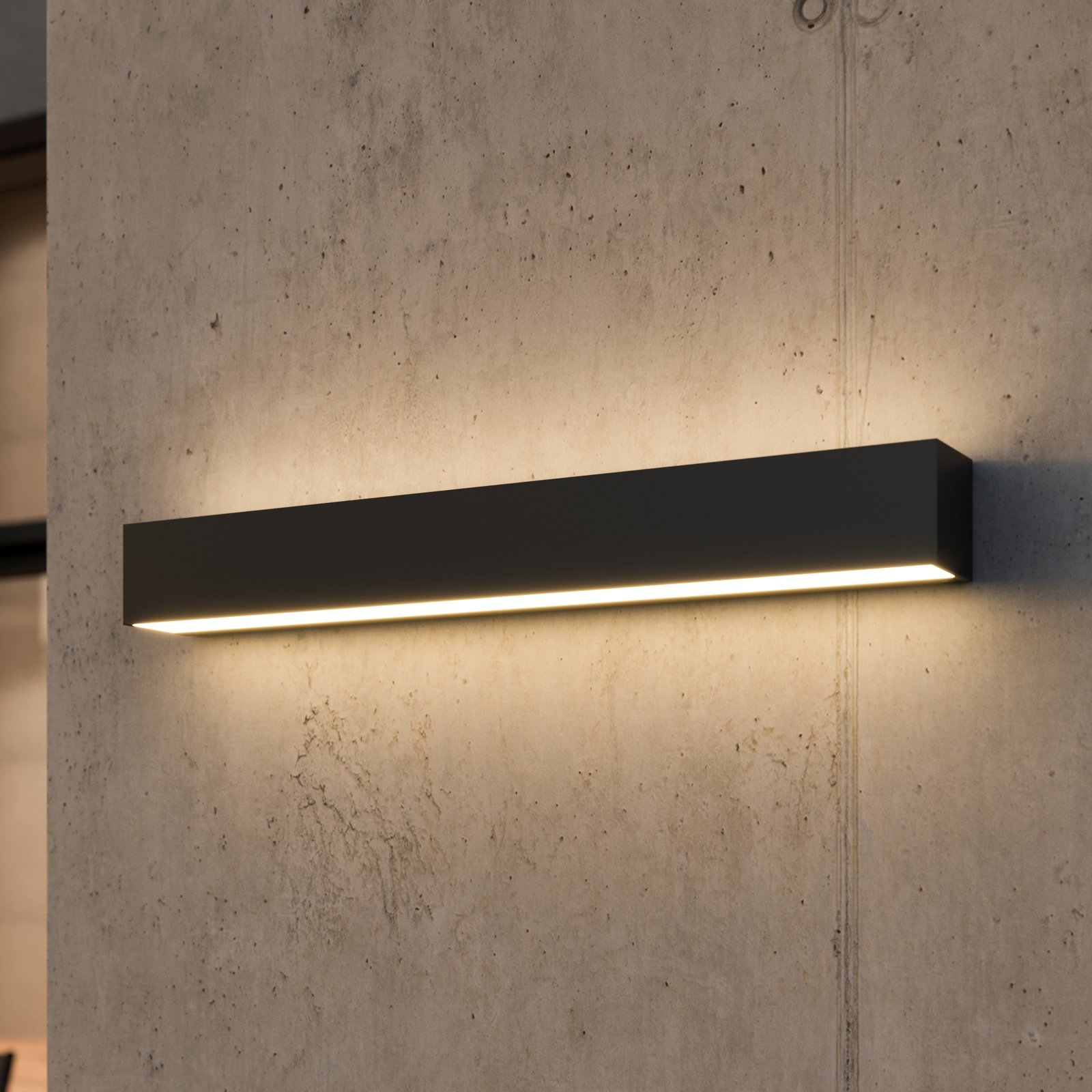
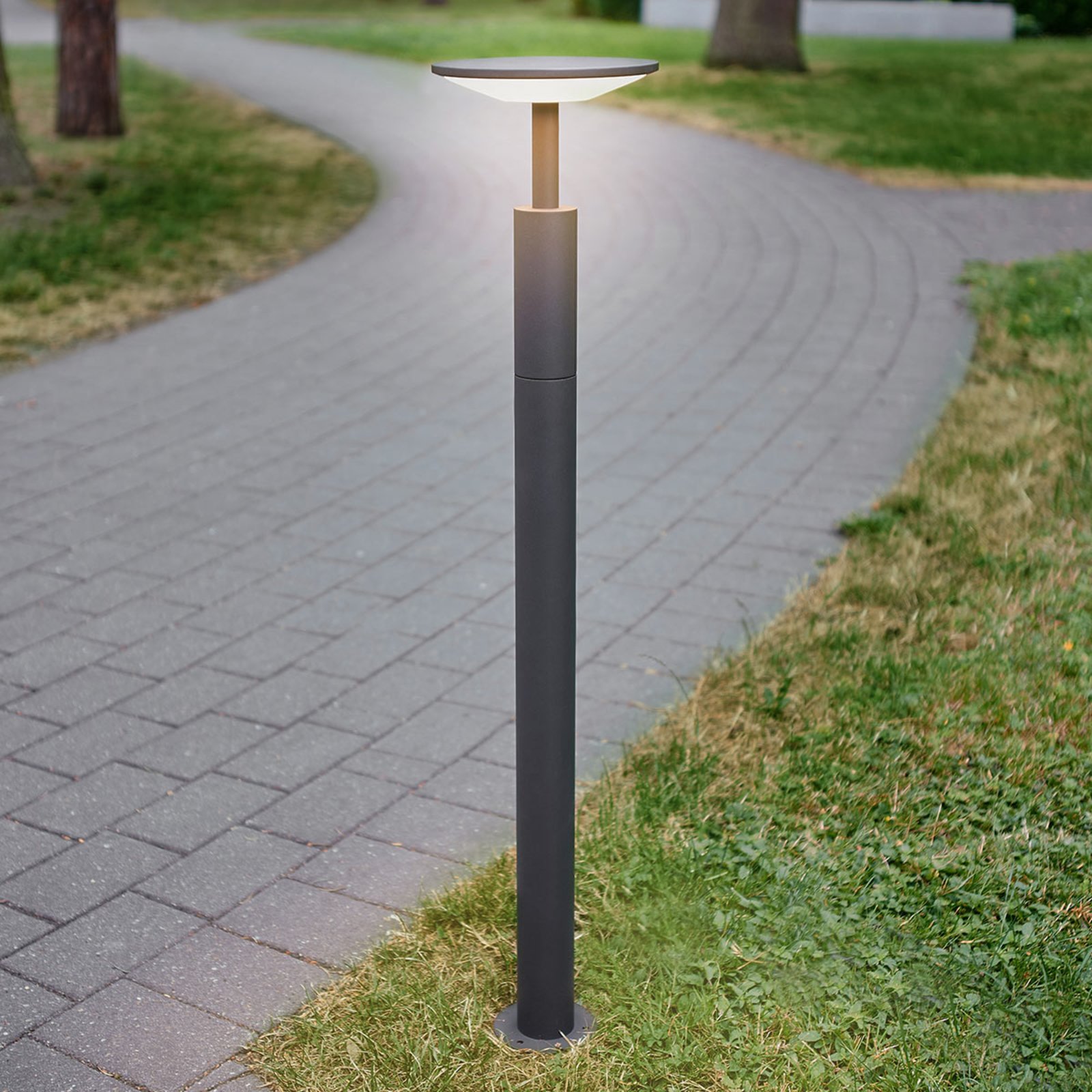
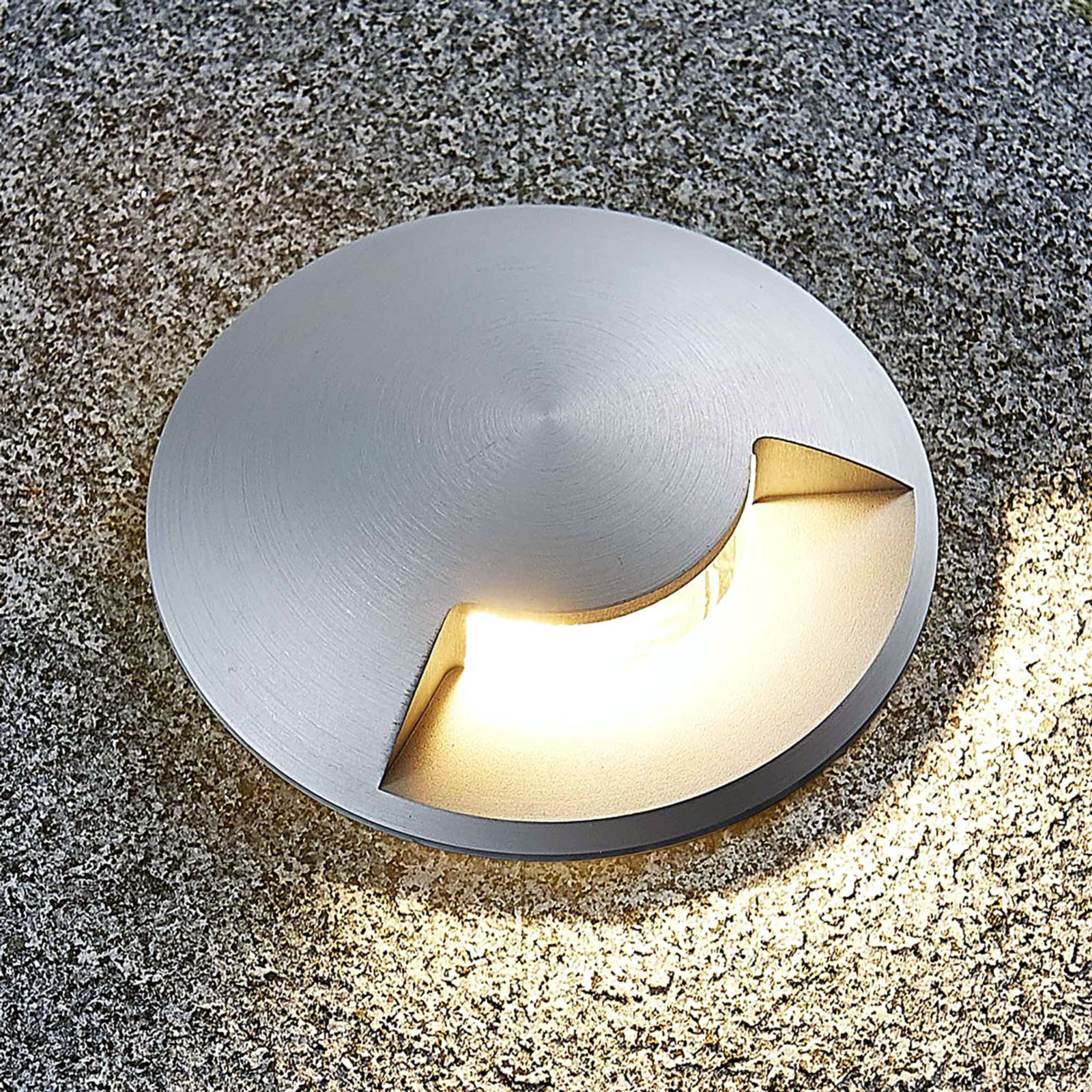
:format(jpeg))
:format(jpeg))
:format(jpeg))
:format(jpeg))
:format(jpeg))
:format(jpeg))